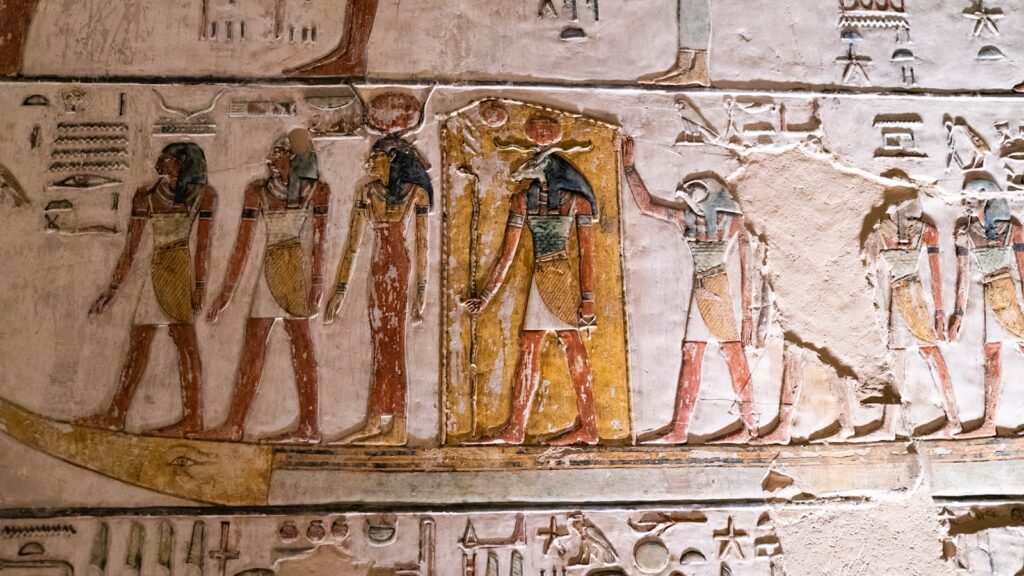
The story of human civilization is intrinsically linked to the development of written language, a monumental leap that allowed knowledge, laws, and narratives to transcend the fleeting nature of oral tradition. For millennia, ancient records remained largely a mystery, but ongoing research continuously unearths vital texts, some over 3200 years old, that profoundly reshape our understanding of early civilizations. These aren’t just relics; they are direct communications from the past, challenging and enriching our historical narratives.
The remarkable preservation of these ancient scripts, often on durable clay and stone, especially in Mesopotamia and Egypt’s arid climates, offers an unparalleled window into ancient lives. These enduring artifacts are testaments to early human ingenuity, allowing us to trace the evolution of thought, governance, and daily life from the earliest marks to sophisticated literary and administrative documents.
This exploration delves into pivotal discoveries that reveal how writing emerged and was used to structure societies, manage commerce, and express cultural beliefs. From the earliest pictographs to the intricate hieroglyphs, each artifact contributes to a vivid tapestry, illuminating the profound impact of literacy on the development of human civilization and our continuous journey of discovery.
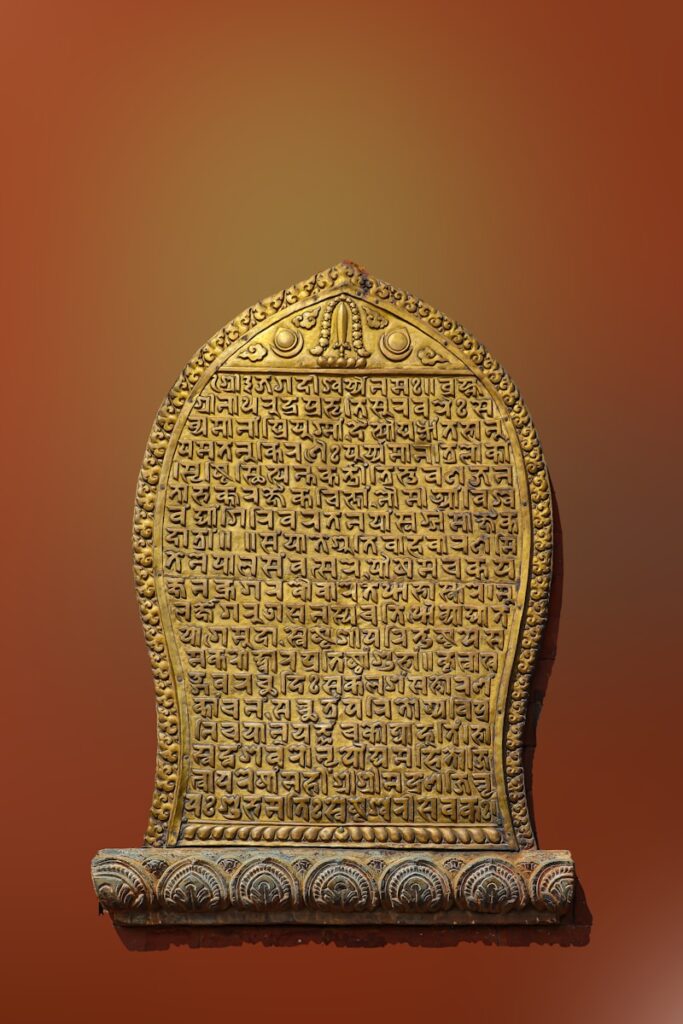
1. **The Kish Tablet: A Proto-Cuneiform Pioneer**Sumer, in southern Mesopotamia, stands as the earliest known civilization and the birthplace of writing. The oldest written text, the Kish Tablet, hails from the ancient city of Kish in Iraq, dating to the Uruk period (c. 3500–3200 BCE). This artifact showcases proto-cuneiform signs, marking a critical transition in the evolution of written communication.
Its significance lies in being the world’s oldest written text, a direct link to humanity’s nascent literacy. The tablet’s surface features purely pictographic writing, where simple drawings and symbols represented ideas without directly corresponding to spoken language syntax. This “midpoint between proto-writing and the more sophisticated writing of the cuneiform” illustrates early visual information transfer.
Though not fully decoded, the Kish Tablet offers an indispensable glimpse into writing’s evolution. Its proto-cuneiform reflects a crucial transitional stage towards the more syllabic cuneiform prevalent by the fourth millennium BCE. This artifact is a testament to writing’s advancement and provides essential insights into Sumerian culture, now housed in the Iraq Museum.

2. **Proto-Cuneiform: The Language of Early Administration**Proto-cuneiform, emerging in Mesopotamia, laid the groundwork for complex writing systems. This early form relied on pictographs – simple drawings and symbols for ideas – that crucially did not directly match spoken language syntax. This characteristic often challenges modern decipherment, yet reveals its pragmatic, administrative intent.
Its primary purpose was economic record-keeping. As early civilizations grew, managing production, trade, and labor became vital. Proto-cuneiform provided the tools for this early bureaucracy, allowing scribes to meticulously track goods and transactions. This practical application highlights writing’s fundamental role in organizing emergent urban centers.
Artifacts like the Kish Tablet exemplify how writing evolved from visual aids to structured systems. The transition to full cuneiform marked a significant leap, moving beyond mere pictographs to symbols forming distinct words. This evolution reflects both human communicative adaptation and the administrative pressures that initially drove writing innovation.
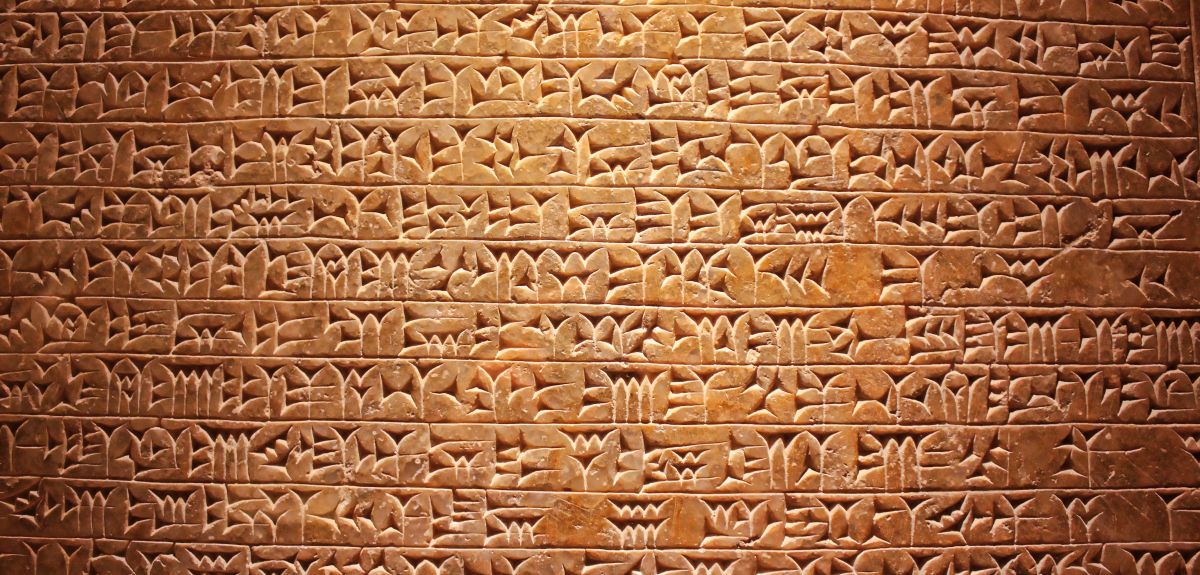
3. **Cuneiform: Wedge-Shaped Marks of Enduring Legacy**Cuneiform, a powerful script, transformed the ancient Near East after proto-cuneiform. Developed around 3200 B.C. by Sumerian scribes in Uruk, Iraq, it initially recorded transactions. Created with a reed stylus making wedge-shaped indentations in clay, its durability in Mesopotamia’s hot climate ensured its survival.
Unlike its predecessor, cuneiform correlated with spoken language, allowing symbols to form distinct words. This enabled complex linguistic messages, from economic tallies to nuanced thoughts. Enduring 3,000 years, it became the primary script for multiple cultures, notably Akkadian, the lingua franca of Assyrian and Babylonian Empires.
Estimated at half a million excavated objects, cuneiform reveals vast cultural activities. Beyond bookkeeping, tablets offer “unexpected insights” into daily lives and momentous events. From king’s lives to stew recipes and astronomy, cuneiform is key to understanding the ancient Near East, a record painstakingly recovered by Assyriologists.

4. **Scorpion I’s Tomb Hieroglyphs: Earliest Egyptian Script**In ancient Egypt, a sophisticated writing system also took root. At the Umm el Qu’ab necropolis in Abydos, a collection of bone and ivory tags, pottery, and clay seal impressions reveals the earliest known Egyptian writing. Dating between 3400 – 3200 BCE, these hieroglyphs represent the oldest recorded history from this iconic civilization.
Found in Tomb U-j, believed to hold Scorpion I, an early ruler, these inscriptions highlight writing’s role in administration and power at Egypt’s pharaonic state genesis. The bone and ivory tags served as labels, providing crucial information on goods like grains and fabrics, indicating an organized economic management system for the burgeoning kingdom.
While these hieroglyphs from Scorpion I’s tomb are currently the oldest, archaeologists suggest earlier Egyptian writing might exist, awaiting discovery. These tags offer a breathtaking glimpse into the origins of one of the world’s most recognizable scripts, showcasing the administrative sophistication present in Egypt’s earliest dynastic periods.
5. **The Hieroglyphic Billboard: Grand Statements in Ancient El-Khawy**The monumental scale of ancient Egyptian writing is evident in a “billboard” of hieroglyphs near El-Khawy. Discovered in 2017, these large, ancient rock carvings date to around 3250 BCE, marking an early era of Egyptian hieroglyphic writing. This finding provides evidence of early script used for grand, public pronouncements.
These impressive hieroglyphic signs, about 70 centimeters (27.5 inches) high, strikingly contrast with the surrounding brown rocks. Archaeologists called them a “billboard” because they conveyed a significant statement, likely intended for a wide audience like travelers. This suggests early hieroglyphs served purposes beyond private records, extending to public communication.
The “billboard” at El-Khawy offers invaluable insights into hieroglyph development and diverse applications. It highlights a period where the script formed its visual language and was employed in ways suggesting a complex social and political landscape. These enormous symbols underscore writing’s enduring power to convey authority and identity.

6. **The Narmer Palette: Decoding Early Dynastic Power**The Narmer Palette, dating to 3200 – 3000 BCE, is a highly valuable and enigmatic Egyptian artifact. Its exquisite craftsmanship and complete preservation make it a singular historical piece. Discovered in 1898 in the Temple of Horus in Nekhen, it was found among other ceremonial objects, highlighting its profound religious and political significance.
Widely believed to commemorate King Narmer’s unification of Upper and Lower Egypt, the palette features intricate carvings of conquest and ritual. Narmer, often identified as the First Dynasty’s first king, is prominently depicted. Though interpretations vary, archaeologists confirm the hieroglyphs directly reference Narmer, solidifying its historical importance.
The palette’s interpretive challenges underscore the complexities of early writing and symbolic art. However, its value as a primary source for understanding Egypt’s early dynastic political, religious, and social landscape is undeniable. It showcases how writing and imagery converged to legitimize rule and immortalize pivotal historical events, shaping our understanding of early state formation.
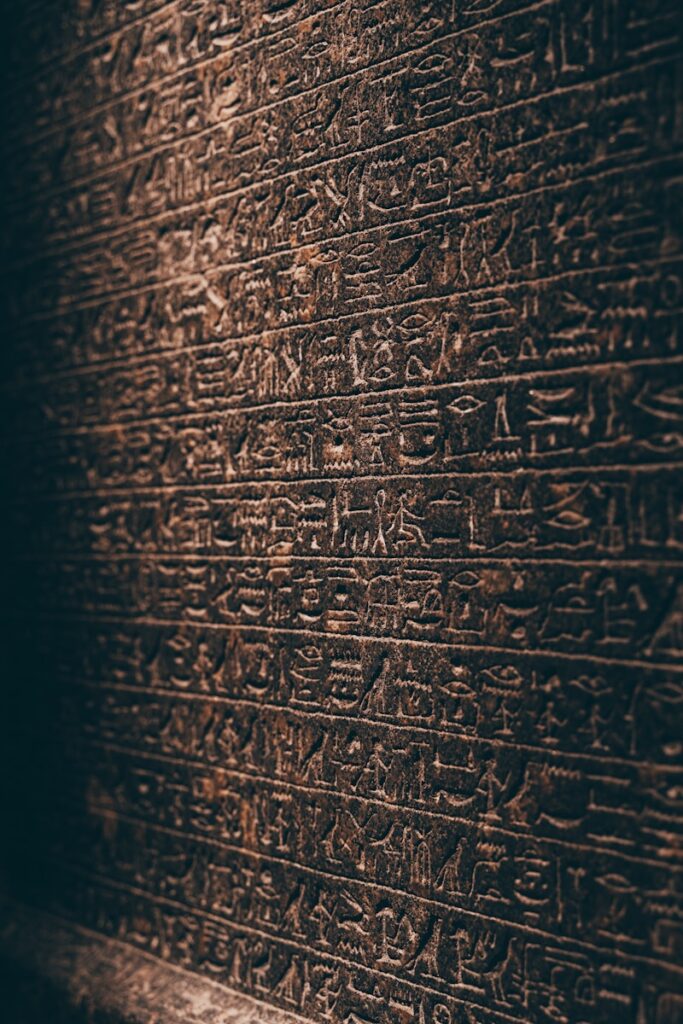
7. **The Beer Payslip: Uncorking Ancient Labor Practices**A 5,000-year-old Sumerian cuneiform tablet from Uruk, Iraq, revealed in 2016, serves as a remarkable payslip. Dating to 3100 – 3000 BCE, this clay artifact offers an extraordinary glimpse into ancient labor and compensation, specifically indicating workers were sometimes paid with beer, linking early writing, economics, and Sumerian society.
Archaeologists identified distinct cuneiform symbols for rations and a conical vessel for beer. Other markings meticulously detail beer quantities owed to specific workers, illustrating a structured payment system. This shows Sumerian administrative sophistication in tracking labor and distributing compensation, extending formal record-keeping to individual wages.
Paying workers with alcohol was common, with Egyptians also using beer for pyramid laborers. This “odd” custom was sensible: beer served as both payment and a vital food source, rich in starches and nutrients. The Uruk Beer Payslip provides a profound insight into ancient workers’ daily lives, demonstrating writing’s intimate role in society’s fabric.
The initial sparks of writing, often born from administrative necessity or symbolic expression, quickly blossomed into sophisticated systems capable of encapsulating the full spectrum of human endeavor—from intricate legal codes to profound literary works and complex scientific observations. As civilizations matured, so too did their written records, moving beyond simple tallies to narrative-driven accounts that illuminate their innermost workings, beliefs, and intellectual achievements. These advanced scripts and the profound insights they offer continue to challenge and enrich our understanding of ancient history, revealing societies far more complex and intellectually vibrant than once imagined.

8. **Seal of Seth-Peribsen: Crafting the First Complete Hieroglyphic Sentence**As Egyptian hieroglyphic writing evolved, its capacity for expressing complex thoughts grew, culminating in moments of significant linguistic achievement. A particularly striking example comes from the Umm el-Qa’ab necropolis in Abydos, where a clay seal, discovered in the tomb of Seth-Peribsen, contains what is widely believed to be the earliest known full sentence written in hieroglyphs. This remarkable artifact dates to approximately 2890 – 2670 BCE, offering a direct linguistic window into the Early Dynastic Period.
The inscription on the seal reads, “The one of Ombos (Seth) has handed over the two realms to his son, the King of Upper and Lower Egypt, Peribsen.” This succinct yet powerful statement provides invaluable insights into the political and religious ideology of the time, demonstrating how hieroglyphs were employed to legitimize royal authority and articulate divine succession. It confirms the intricate connection between rulers, deities, and the unification of the land, showcasing the developed function of written language in reinforcing state power.
Seth-Peribsen himself was a king of Ancient Egypt’s 2nd Dynasty, notable for being the sole ruler who selected Seth as his patron god instead of Horus, a tradition upheld by kings since the 1st Dynasty. While the exact reasons behind this deviation—whether personal, religious, or political—remain a subject of scholarly debate, the seal’s hieroglyphic declaration directly addresses this pivotal choice. It immortalizes his unique alignment and reinforces the profound significance of religious patronage in early pharaonic rule.
This artifact is not merely a record but a testament to the evolving sophistication of Egyptian writing, illustrating its transition from labels and monumental statements to coherent, grammatically complete sentences. It allows historians to decode not just events, but the intricate political and theological narratives that shaped the earliest phases of one of the world’s most enduring civilizations, providing a tangible connection to the intellectual landscape of ancient Egypt.
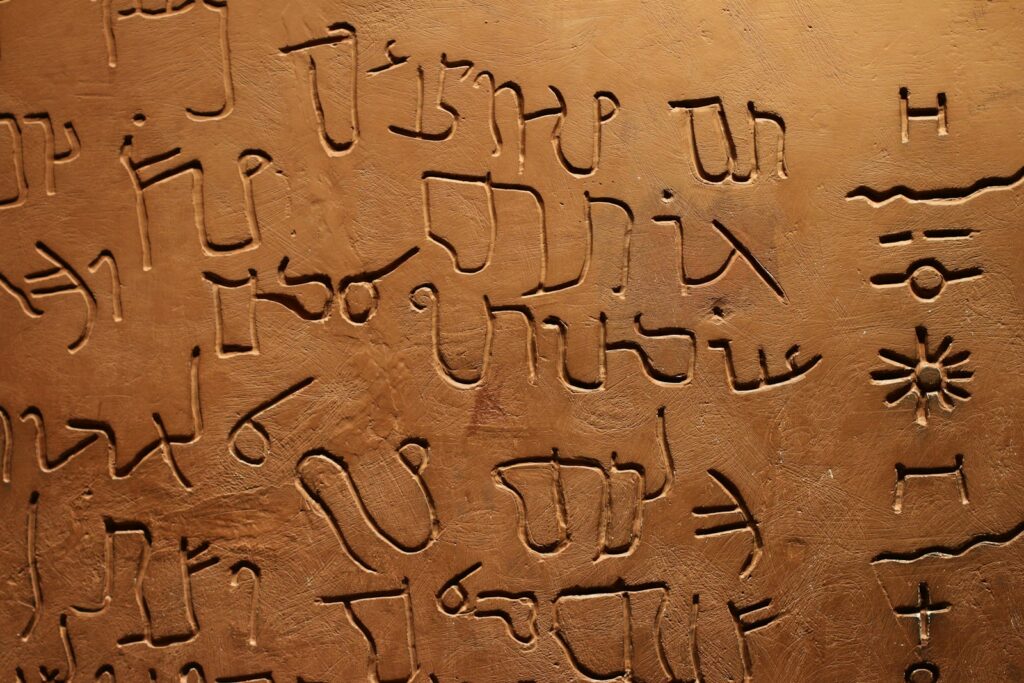
9. **The Kesh Temple Hymn: An Ancient Literary Masterpiece Unveiled**From the heart of Sumer, a civilization renowned for its pioneering advancements in writing, emerges one of the oldest surviving pieces of literature known to humanity: the Kesh Temple Hymn. Discovered at the Temple Library of Nippur, within what was once Tell Abu Salabikh in modern-day Iraq, the oldest known version of this profound text has been radiocarbon dated to a staggering 2550 – 2520 BCE. While this particular tablet is incomplete, dedicated scholars have meticulously pieced together the full hymn from fragments of other tablets found at various sites.
The Kesh Temple Hymn is a majestic ode dedicated to the Sumerian god Enlil, who was revered as the supreme ruler over all other gods in the Sumerian pantheon. Through its poetic verses, the hymn extols Enlil’s divine power and his central role in the cosmos, providing a rich tapestry of ancient Sumerian theological beliefs. It paints a vivid picture of the spiritual world and the reverence held for the deities who were believed to govern all aspects of existence.
Beyond its theological significance, the hymn also offers a detailed description of the temple at Kesh. This sacred edifice was dedicated to the goddess Ninḫursag, also known as Nintu, one of the four great gods and goddesses worshipped throughout ancient Sumer. Such descriptive passages not only provide archaeological insights into temple architecture and religious practices but also highlight the sophistication of Sumerian literary forms, showcasing their ability to blend descriptive prose with profound spiritual narrative.
The translation of the Kesh Temple Hymn has opened a unique window into the intellectual and religious life of ancient Sumerians, allowing us to engage directly with their oldest literary expressions. It is a powerful reminder that writing, even in its early stages, was not solely for administrative records but was equally a conduit for cultural expression, spiritual devotion, and the preservation of deeply held beliefs.
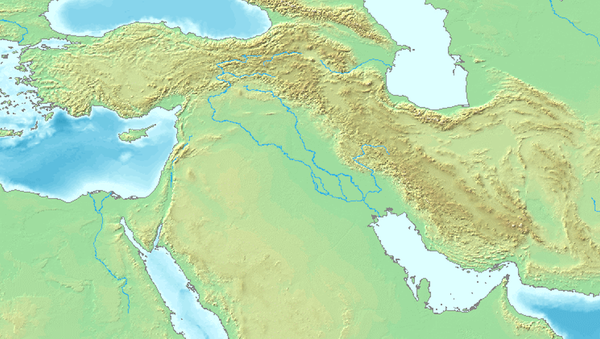
10. **The Reforms of Urukagina: Pioneering Ancient Legal Codes**The Sumerians, creators of one of the earliest civilizations, were not only innovators in writing but also pioneers in establishing structured governance and justice. Among their most significant contributions to human society is what is considered the oldest legal code or “Bill of Rights” ever discovered: the Reforms of Urukagina. These groundbreaking reforms were meticulously inscribed onto clay cones, dating to between 2500 – 2340 BCE, originating from the ancient city of Girsu, now Tell Telloh in modern-day Iraq.
Urukagina, a Sumerian king, embarked on a transformative mission to reform society, aiming to implement sweeping changes that would primarily benefit the common people. His decrees were designed to dismantle rampant corruption that had permeated Sumerian society, addressing grievances that likely impacted the lives of ordinary citizens. The reforms established fundamental legal rights for his subjects, marking a crucial step towards the concept of codified law and justice for all.
While Urukagina’s efforts sought to overturn the worst abuses within Sumerian society, it is important to note that his objective was not to instigate a revolution against the aristocracy. Instead, he aimed to restore a sense of order and fairness, suggesting a desire for systemic improvement rather than radical upheaval. This nuanced approach highlights the complex social and political dynamics at play in early urban centers.
The discovery and decipherment of Urukagina’s Reforms offer an unparalleled glimpse into the nascent stages of legal thought and social justice. They demonstrate how early written language was employed to codify laws, protect citizens, and structure society, thereby laying foundational principles that would influence legal systems for millennia to come. This ancient text remains a powerful testament to humanity’s enduring quest for justice and equitable governance.
11. **Chinese Oracle Bones: Divination and the Dawn of East Asian Script**Across another ancient realm, China developed its own unique and profound system of writing, with the Oracle Bones standing as the oldest known form. These remarkable artifacts, inscribed with what is called Oracle Bone Script, date back to around the late 2nd millennium BCE. The majority of these invaluable bones have been unearthed in Yinxu, near modern-day Anyang in Henan Province, which served as one of the most significant capitals of Ancient China during the Shang Dynasty.
True to their name, the Oracle Bones were primarily utilized for divination during the Shang Dynasty, which spanned from approximately 1600 to 1046 BCE. Priests or diviners would inscribe questions onto the bones—typically ox shoulder blades or the flat under-parts of turtle shells—and then apply heat until cracks appeared. The patterns of these cracks were then interpreted as divine responses, offering guidance on matters ranging from agriculture and warfare to royal succession and personal fortune.
These bones are not merely relics of ancient rituals; they represent the most important primary source of information about Bronze Age China. The inscriptions provide an extraordinary wealth of detail about the Shang kings, their court, the economy, military campaigns, and religious practices. They offer concrete evidence of a highly organized society with a sophisticated belief system and a burgeoning bureaucratic structure that relied on written records.
The Oracle Bone Script itself is a direct precursor to modern Chinese characters, showcasing how an early pictographic and ideographic system evolved to represent a language with remarkable longevity. This ancient writing system demonstrates how a practical, ritualistic application became the vehicle for the earliest historical records, shaping the cultural and linguistic heritage of East Asia for thousands of years.
.png)
12. **The Scheil Dynastic Tablet: Chronicling Sumerian Rulers Through Time**As cuneiform script matured, its applications expanded far beyond simple accounting, allowing for the meticulous documentation of history and the preservation of dynastic narratives. An illuminating example is the Scheil Dynastic Tablet, a cuneiform text dating from the early second millennium BC. It is crucial to distinguish this tablet from the far earlier proto-cuneiform Kish Tablet, as the Scheil tablet represents a significantly more advanced stage of writing and historical record-keeping.
This literary-historical text meticulously lists the reigns of various rulers who governed Sumerian cities. Such a document is invaluable for historians and archaeologists, as it provides a chronological framework and a direct historical account of succession and power within one of the world’s first urban civilizations. The ability to compile and preserve such comprehensive dynastic lists underscores the administrative and intellectual sophistication achieved by Sumerian scribes.
The Scheil Dynastic Tablet demonstrates cuneiform’s profound capacity to function as a tool for complex historical narration and political documentation. It allowed for the creation of enduring chronicles that transmitted knowledge of past leadership, legitimizing current rulers and informing future generations about the historical trajectory of their city-states. This exemplifies how writing moved beyond immediate utilitarian purposes to serve broader cultural and historical imperatives.
Through documents like the Scheil Dynastic Tablet, scholars can reconstruct intricate timelines of ancient governance and gain deeper insights into the political landscapes of the early Near East. These texts highlight the enduring legacy of cuneiform as a vehicle for historical understanding, providing direct voices from antiquity that continue to reshape our perception of the deep past.
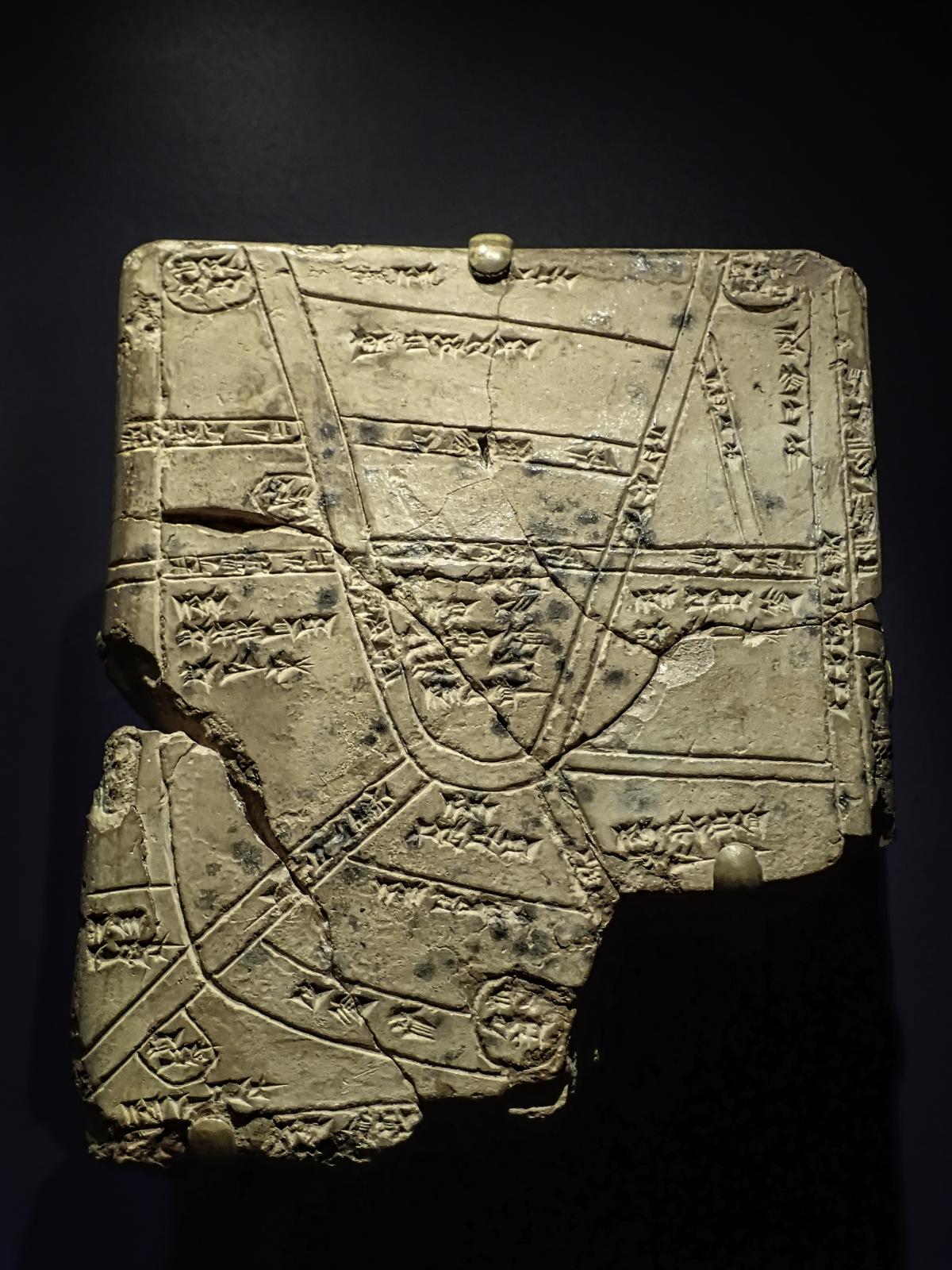
13. **Babylonian Astronomical Tablets: Celestial Insights from Cuneiform**For centuries, scholars believed that sophisticated geometric calculations for predicting celestial motion were a relatively modern invention, emerging around A.D. 1400 with European mathematicians. However, this perception was dramatically overturned with the decipherment of ancient clay tablets, revealing that Babylonian astronomers possessed this advanced knowledge nearly 2,000 years earlier. These cuneiform tablets, dating from the Late Babylonian period (ca. 350–50 B.C.), demonstrate an astonishing level of scientific acumen.
The wedge-shaped writing on these particular tablets showed that ancient stargazers used complex geometric methods to predict the precise motion of Jupiter. This discovery was met with enthusiastic reception globally, challenging the long-held assumption that cuneiform tablets were merely used for basic accounting, such as tallying grain. Instead, it highlighted their capacity to record and convey profoundly complex astronomical observations and mathematical theories.
Indeed, while many cuneiform tablets were used for mundane bookkeeping or scribal exercises, a significant number bore inscriptions offering “unexpected insights” into the minute details and momentous events of ancient Mesopotamians’ lives. Beyond celestial workings, these texts illuminate aspects from the august lives of Assyrian kings to the practical secrets of making a Babylonian stew, and even reveal what was known of the cosmos.
These Babylonian astronomical tablets are a powerful testament to the advanced intellectual pursuits of ancient civilizations, revealing a scientific heritage that far predates traditional historical timelines. They underscore the versatility and enduring power of cuneiform script as a medium for not just administration and literature, but also for pioneering scientific inquiry that profoundly reshapes our understanding of ancient accomplishments.
14. **Ancient Egyptian Attendance Sheet: Glimpses into Daily Labor and Administration**While monumental inscriptions and religious texts often capture our imagination, discoveries shedding light on the mundane yet essential aspects of daily life can be equally, if not more, revealing. A fascinating example is an ancient Egyptian attendance sheet, dating back to around 1,200 BCE, which was unearthed in 2015 by archaeologists working in the ancient city of Deir el-Medina in Egypt, near the Nile River. This clay tablet provides an extraordinary look into the sophisticated organizational and accounting practices of the ancient Egyptians.
Measuring approximately 6.7 inches (17 centimeters) long and 4.7 inches (12 centimeters) wide, the tablet is inscribed with ancient Egyptian hieroglyphs arranged in several columns. It serves as a meticulous attendance record, documenting a worker’s daily activity and responsibilities. Furthermore, a section on the side of the tablet lists the supplies used by the workers, illustrating an integrated system for tracking both human labor and material resources.
The tablet reveals several profound insights into the organizational prowess of the ancient Egyptians. It demonstrates that they possessed a highly structured system for tracking and accounting for their workforce, where each worker was assigned designated tasks and responsibilities. The precise record-keeping of tasks performed and completed signifies an efficient system for organizing and managing labor, showcasing a level of administrative sophistication that might be surprising for its antiquity.
This discovery profoundly reshapes our understanding of the ancient Egyptians’ record-keeping and administrative capabilities. It underscores that hieroglyphs were not confined to grand narratives or religious decrees but were an integral part of their daily operational management, extending to detailed labor tracking. The attendance sheet offers a tangible connection to the daily lives of ancient workers and the advanced logistical framework that supported one of history’s most enduring civilizations.
The unveiling of these 3200-year-old records and many others continues to profoundly rewrite ancient history, offering us direct dialogues with civilizations long past. From the nuanced legal framework of Urukagina to the celestial wisdom of Babylonian astronomers, and the detailed administrative efficiency of Egyptian scribes, these written artifacts reveal not only the genius of early human intellect but also the diverse ways in which societies organized, governed, and expressed themselves. Each discovery is a vital piece in humanity’s collective puzzle, allowing us to connect with the past on a more intimate level and appreciate the rich tapestry of our shared heritage, a journey of discovery that, undoubtedly, is far from over.



